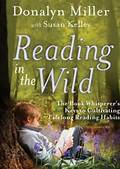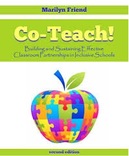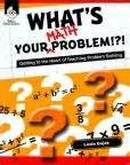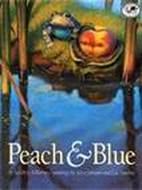
Peach dangles on a tree limb above the pond. She is ripe, juicy, and ready for picking; her days are coming to an end. Below, a blue-bellied toad is startled by the tear drops that fall like rain from the tree above. How will these two unlikeliest of friends help one another see the world in a whole new way?
This beautiful picture book written by Sarah Kilborne and illustrated by Steve Johnson leads to a thoughtful and insightful discussion about strengths and challenges. Blue uses his ability to problem solve to help Peach down from the tree, build her a floating nest of leaves, and help her see a world she has never seen before. Peach, in turn, uses her gift with words and her ability to appreciate true beauty to help Blue "see" his world in a new light.
Each character uses their strengths to help the other with their challenges. Through discussion (and an invigorating movement activity), we realize that we all have strengths and challenges. Our job as a community of learners is to use our strengths to help others with their challenges and allow others to do the same for us.
This beautiful picture book written by Sarah Kilborne and illustrated by Steve Johnson leads to a thoughtful and insightful discussion about strengths and challenges. Blue uses his ability to problem solve to help Peach down from the tree, build her a floating nest of leaves, and help her see a world she has never seen before. Peach, in turn, uses her gift with words and her ability to appreciate true beauty to help Blue "see" his world in a new light.
Each character uses their strengths to help the other with their challenges. Through discussion (and an invigorating movement activity), we realize that we all have strengths and challenges. Our job as a community of learners is to use our strengths to help others with their challenges and allow others to do the same for us.
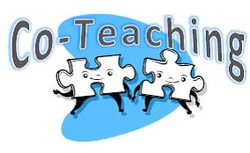
The Co-Teaching Break Down
Strengths and challenges come in many different forms not just the traditional "school smarts". While some of us struggle with reading, writing, or math, others
find it difficult to make friends, sit still, listen, or see someone else's point of view. The list of strengths and challenges goes on and on. It is important that all members of the co-teaching community appreciate their our own strengths and recognize their own challenges, so they can begin to connect and empathize with others.
Instructional Delivery
Both teachers participated in the movement activity as active members of the learning community. As we took turns calling out
areas of strength, those who fit the category moved to a new place in the circle. Jamie and I made sure to start with categories that were a
challenge to us, so the students could see it was okay to stay put. Once the students saw that it was safe to "share" their challenges, they really seemed to enjoy this activity. Broad categories included sports, art, music, design, building, technology, nature, social skills, work habits, and academics. After the movement activity, we
reflected. The students noticed that everyone had times when they
moved and everyone had times when they stayed put. We all vowed
(raise your right hand and repeat after me style) to use our strengths to help one another with our challenges and accept help from one another when needed. Many students went on to include a list of their strengths and challenges on their "All About Me" posters.
Strengths and challenges come in many different forms not just the traditional "school smarts". While some of us struggle with reading, writing, or math, others
find it difficult to make friends, sit still, listen, or see someone else's point of view. The list of strengths and challenges goes on and on. It is important that all members of the co-teaching community appreciate their our own strengths and recognize their own challenges, so they can begin to connect and empathize with others.
Instructional Delivery
Both teachers participated in the movement activity as active members of the learning community. As we took turns calling out
areas of strength, those who fit the category moved to a new place in the circle. Jamie and I made sure to start with categories that were a
challenge to us, so the students could see it was okay to stay put. Once the students saw that it was safe to "share" their challenges, they really seemed to enjoy this activity. Broad categories included sports, art, music, design, building, technology, nature, social skills, work habits, and academics. After the movement activity, we
reflected. The students noticed that everyone had times when they
moved and everyone had times when they stayed put. We all vowed
(raise your right hand and repeat after me style) to use our strengths to help one another with our challenges and accept help from one another when needed. Many students went on to include a list of their strengths and challenges on their "All About Me" posters.

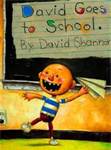
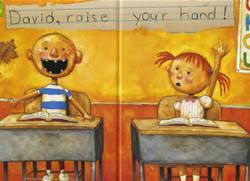
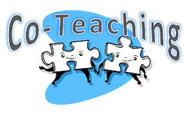
 RSS Feed
RSS Feed